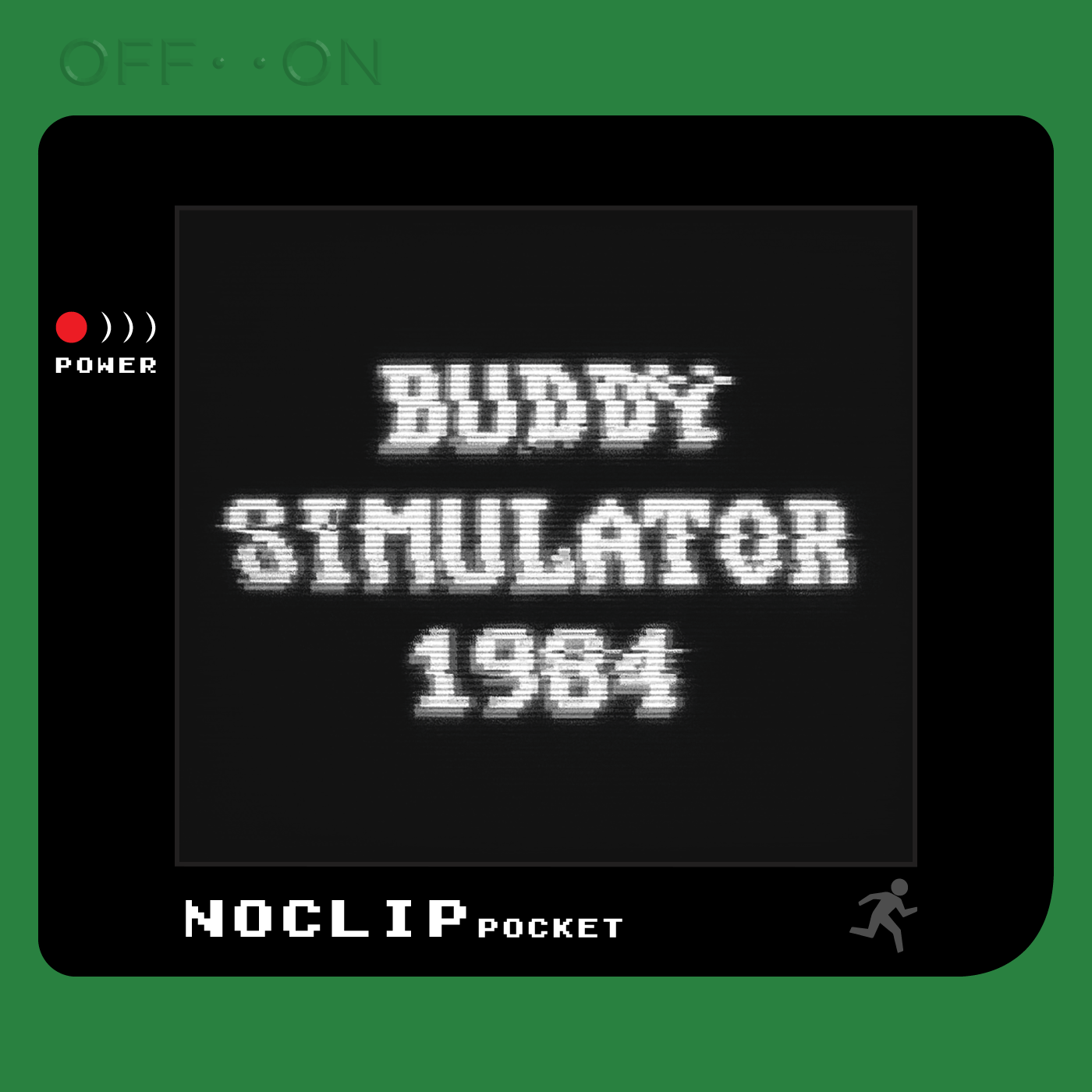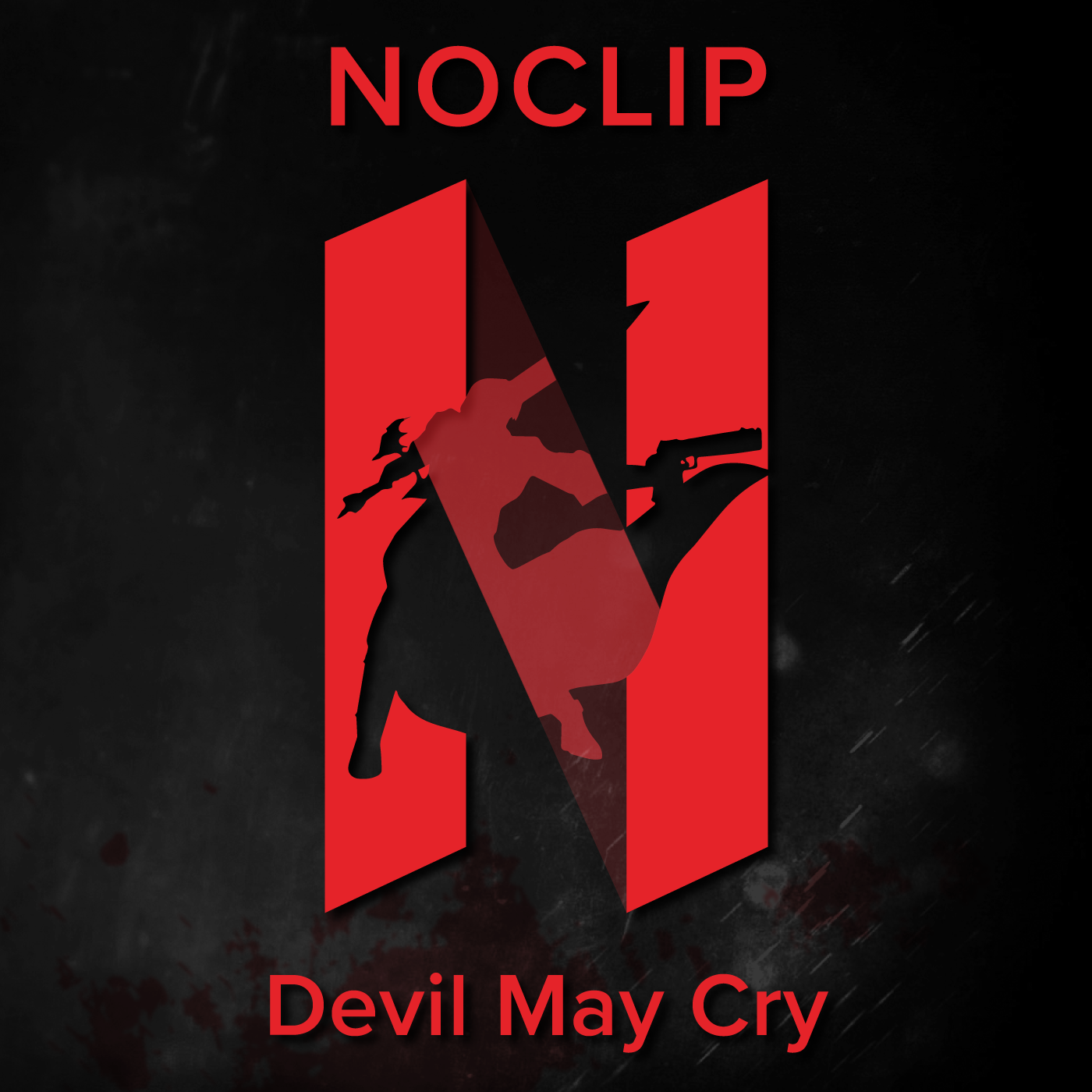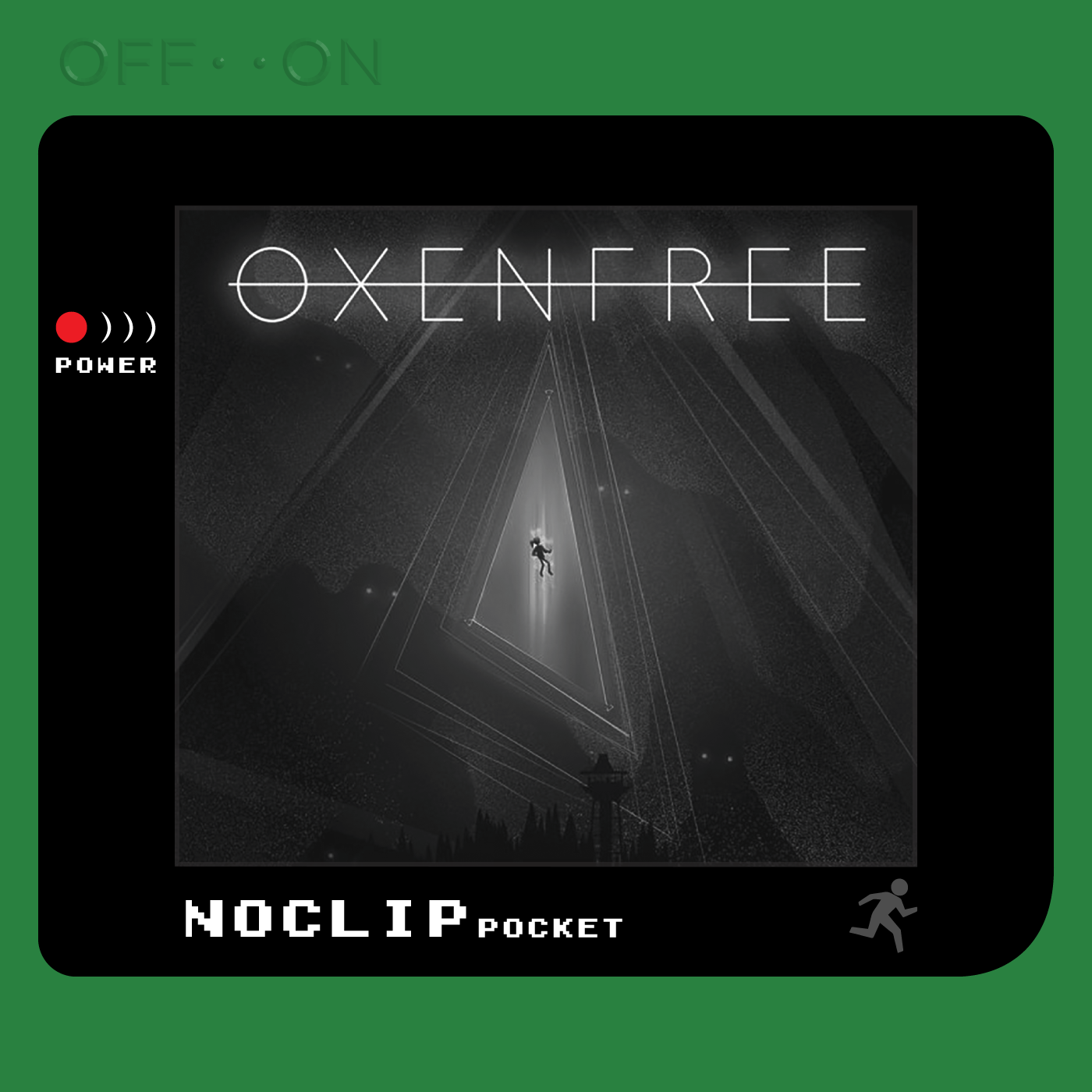Podcast 60% breached.
Happy Halloween! For our final game this October, we’re going to become the monster and take on Carrion, a Metroidvania where you play as a big tentacle monster. On its own, that is kind of a lackluster description for the game, but what makes the game successful at its goals is a bit difficult to describe in a short way. What the game really excels at is making the monster you play as feel just right, in a way that the premise doesn’t quite get across. You’ll stalk enemies from just out of sight and attack in a quick and lethal way. Your movement is extremely free, being able to move straight up vertical shafts as if gravity doesn’t exist by propelling yourself up the walls, but also encumbered enough by your sheer mass that getting to some places takes just long enough to create tension. You are extremely powerful, but very fragile. The game may not be particularly scary, exactly, but it does succeed in putting you in the headspace of a monster, which if that isn’t in the Halloween spirit, I don’t know what is. We’re going to be talking about how the level design keeps you moving forward while still keeping the ability-unlock progression system of a Metroidvania, how wrapping your head around the controls and your movement options actually forces you to play the game like the monster should, and we talk about the butchery equipment that was sold to us as kids.
Thank you for listening to NOCLIP this week, and for another year of October horror games! We’re pretty happy with the variety we managed this year and will keep an eye out for more of the strange and interesting projects as we plan for next year’s crop. How about you, though? What horror games, if any, did you play to get into the spirit this year? Did we manage to introduce you to something new or at least have you try something you haven’t yet? Let us know in the comments, or over on our Discord! As we move into November, we want to go in an entirely different direction, and are going to be talking about The Procession to Calvary, so we hope you’ll join us for that!





















